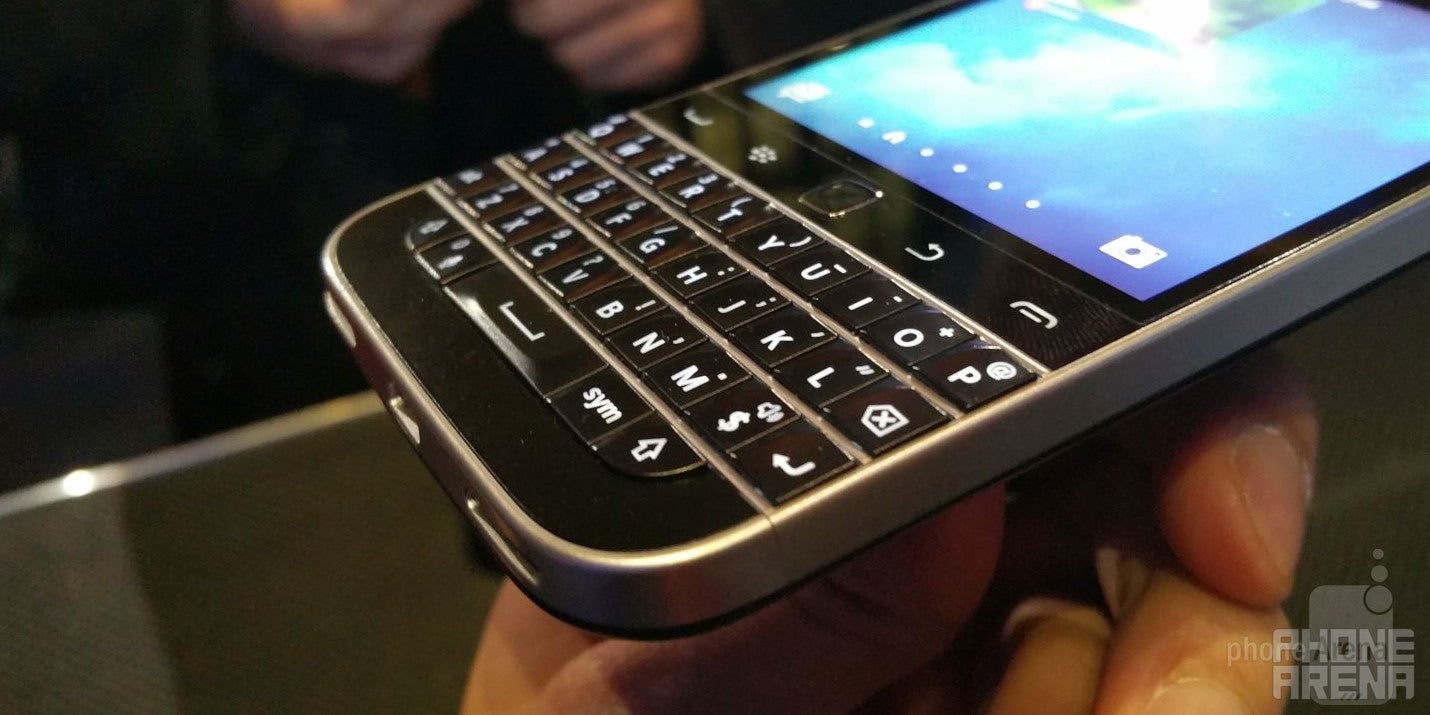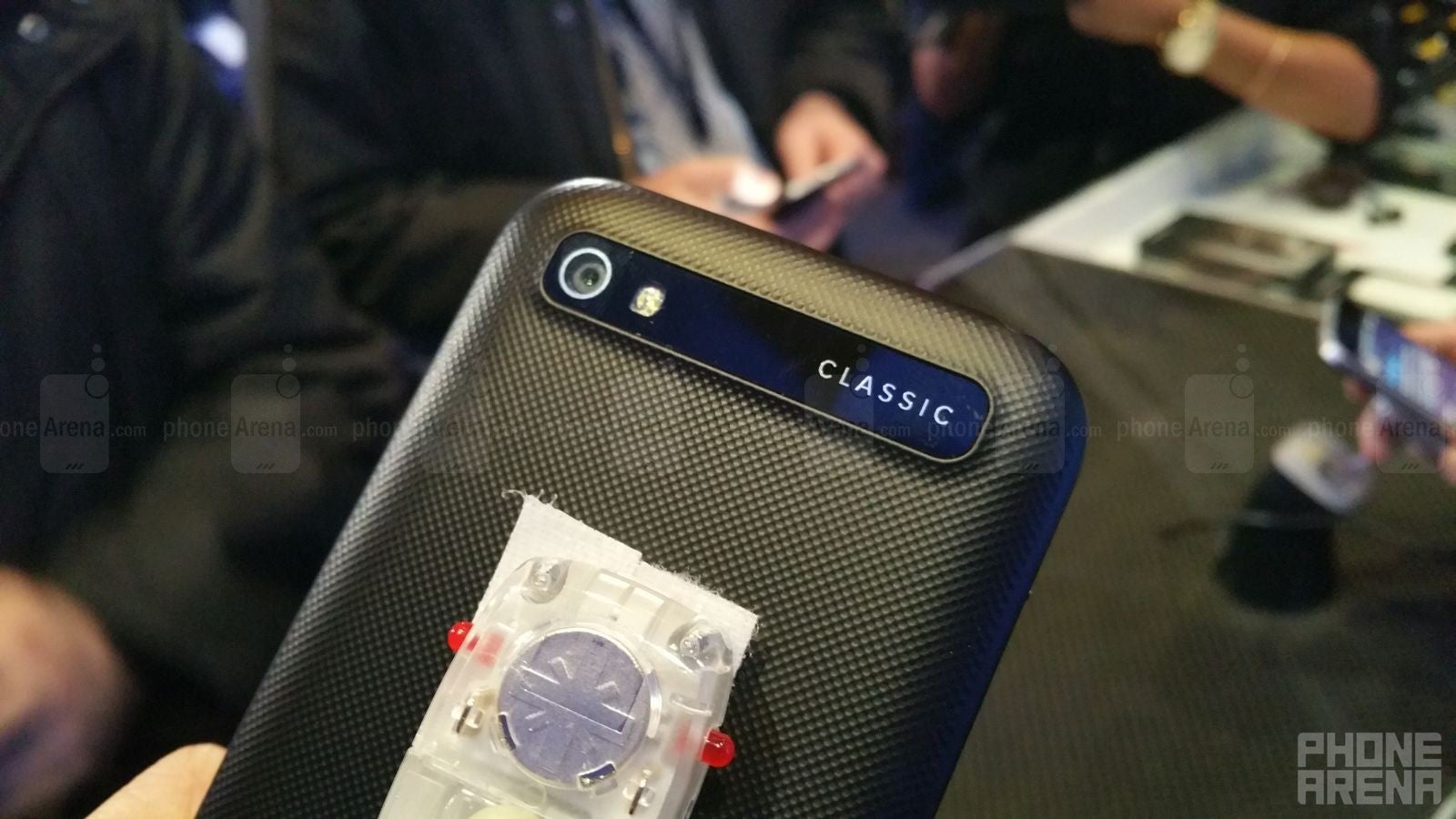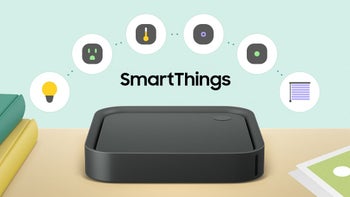BlackBerry Classic hands-on

BlackBerry smartphones popularized several things, like those old-school track wheels and track balls on BlackBerries past, which made the company’s devices so iconic. Recently, they’ve tried to sell us on a brand new keyboard with the BlackBerry Passport, but even with all the new tech behind it, we weren’t necessarily sold by it. To make matters worse, we found it tedious to use at times. Well, they’ve certainly listened to the complaints, as they’ve gone back to a familiar layout and style with the BlackBerry Classic. As its name so happens to imply, this brand new smartphone harkens back to some of the company’s ground-breaking devices – like the BlackBerry Bold 9900, which was arguably the epitome of a perfect QWERTY smartphone.
Design
Flaunting that classic design, one that’s recognizably BlackBerry from afar, the Classic’s design really reminds us of the BlackBerry Bold 9900 from a few years back – though, it’s a step behind that phone in terms of premium craftsmanship. Nevertheless, its design language is a stark contrast from the Passport. Instead of having an industrial design of sorts, the Classic instead favors a contemporary look – one that has a curvier edge to it.
Display
On deck with the BlackBerry Classic is a 3.5-inch 720 x 720 display, which produces a pixel density count of 294 ppi. Indeed, it’s not the same high-resolution screen we see in the Passport, but it’s still sharp and detailed enough for us to accept – more so when it’s sporting a smaller sized screen. In standard fashion, it’s touch enabled to make good use of the various gestures with BlackBerry 10. For the most part, it’s a pleasant looking screen with its wide viewing angles, potent brightness, and neutral color reproduction. At the end of the day, however, we really wish it pushed the boundaries further, seeing that its resolution is only marginally better than the 2011 BlackBerry Bold 9900.
Interface
If you’re versed in what the BlackBerry Passport offered with its software experience, then you’ll fit right at home with the BlackBerry Classic. From the platform’s tried and true BlackBerry Hub, to newer features like BlackBerry Assistant, the Classic is outfitted with all of the essentials to make it a productivity beast. Additionally, BlackBerry has brought back some staple controls with the Classic for navigation – like the trackpad and the set of physical buttons below the display (send, end, back, and menus keys). Therefore, not only can we rely on BlackBerry 10.3.1’s handful of touch navigation controls, but we can also go back to the classic navigation with the trackpad.
Processor and Memory
Certainly, it’s far from being the most formidable thing, but the handset’s dual-core 1.5GHz Qualcomm Snapdragon S4 MSM8960 processor, coupled with 2GB of RAM and the Adreno 225 GPU, is still an effective enough piece of silicon to power the phone through all sorts of operations. Navigating through BlackBerry 10 is accompanied with silky results, but we’re curious to see how it contends with more processor intensive tasks – such as gaming.
Armed with 16GB of internal storage, it has enough memory to accommodate various content – plus, it can be supplemented by its microSD card slot.
Camera

Expectations
BlackBerry is introducing a brand new phone here with the Classic. Yes, it’s running the latest BlackBerry 10.3.1 experience and has some upgraded specs, but the physical design of the phone isn’t necessarily new. Rather, it’s remarkably similar to the 2011-made BlackBerry Bold 9900, which is a strange revelation to tell you the truth. On one hand, it’s rewarding to once again type away with ease on what’s arguable the best physical keyboard around, but it begs the question about why BlackBerry in the first place decided to experiment differently with the Passport’s keyboard.
Normally, we expect smartphones to receive evolutionary designs to make them refreshing from previous devices. With this, however, BlackBerry opts to go back to a style we’ve seen before, instead of going in a different, more evolutionary direction. To be fair, we can see that new direction with the BlackBerry Passport, as it sports an industrial design for the times – as opposed to the Classic’s contemporary look. Attached with a price point of $450 outright here in the US ($500 in Canada), the BlackBerry Classic is no doubt a costly thing to pick up for a phone with a 2011 design, but for those hardcore Bold lovers out there, it’s a price they’ll happily fork over. For everyone else, it’s going to be a hard sell.
Invalid image meta

Follow us on Google News












Things that are NOT allowed:
To help keep our community safe and free from spam, we apply temporary limits to newly created accounts: